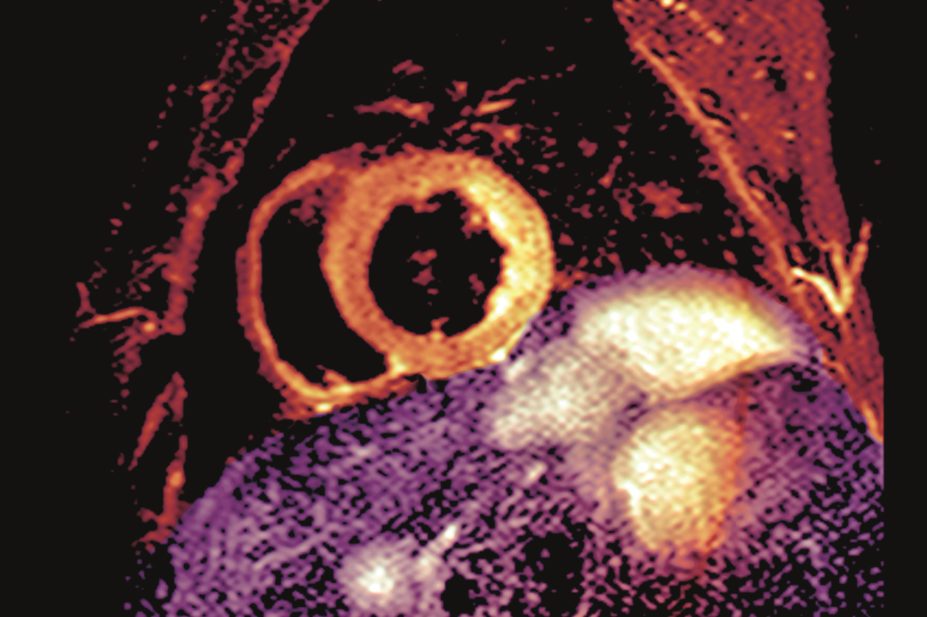
Zephyr / Science Photo Library
The use of nonsteroidal anti-inflammatory drugs (NSAIDs) in patients receiving antithrombotic therapy after myocardial infarction (MI) doubles the risk of further heart attacks and significantly increases the risk of other thrombotic events and serious bleeding compared with those who do not receive NSAIDs, according to a study published in JAMA
[1]
.
At first sight, the study appears only to confirm a widespread growing awareness of the cardiovascular (CV) toxicity of many NSAIDs, but the new insight – regarding the risk levels associated with even minimal treatment durations and dosage levels, for example – provides new grounds for concern.
The findings have prompted calls for heightened caution when prescribing NSAIDs, or even a complete halt on their use pending better understanding of the mechanisms involved across different patient groups and therapy combinations.
Using data obtained from Danish national registries, the study considered a population of 61,971 patients aged 30 years or over who were admitted with first-time MI and who lived at least 30 days after discharge, out of a total of 88,662 patients admitted with first-time MI during a period spanning 2002-2011.
The study measured the risk of bleeding (requiring admission to hospital) or of a composite CV outcome (CV death, recurrent MI, ischaemic stroke, transient ischaemic attack or systemic arterial emboli) in relation to combinations of NSAID and anticoagulant therapies. The latter consisted of aspirin, clopidogrel or vitamin K antagonist, or combinations of these. NSAIDs were categorised as follows: rofecoxib and celecoxib as ‘selective COX-2 inhibitors’; ibuprofen, diclofenac and naproxen as ‘nonselective NSAIDs’; and ‘other NSAIDs’.
Of the almost 62,000 patients studied, 34% were prescribed at least one NSAID. The median follow-up spanned 3.5 years, during which time there were 18,105 deaths (29.2%). The study recorded 5,288 bleeding events (8.5%), of which 15% (799) were fatal, and 18,568 (30.0%) CV events. Using regression analysis, the team calculated hazard ratios of 2.02 and 1.40, respectively, involving concomitant NSAID treatment (compared with no use of NSAIDs).
In the discussion, noting that “in many countries ibuprofen is available without prescription in pharmacies and retail outlets, with few restrictions on the amounts that may be purchased”, the team explains that the increased risks “were evident regardless of antithrombotic treatment, types of NSAIDs or duration of use. No safe treatment period exists”.
The team concludes that, while “more research is needed to confirm these findings, physicians should exercise appropriate caution when prescribing NSAIDs for patients who have recently experienced MI”.
In an accompanying JAMA editorial[2]
, cardiologists Charles Campbell and David Moliterno went further: “Practitioners would do well to advise patients with cardiovascular disease against all NSAID use (except low-dose aspirin), especially patients with a recent acute coronary syndrome”, pending the results of the large PRECISION (prospective randomised evaluation of celecoxib integrated safety vs ibuprofen or naproxen) trial, expected within the next year.
References
[1] Schjerning Olsen AM, Gislason GH, McGettigan P et al. Association of NSAID use with risk of bleeding and cardiovascular events in patients receiving antithrombotic therapy after myocardial infarction. JAMA 2015;313(8):805-813.
[2] Campbell CL & Moliterno DJ. Potential hazards of adding nonsteroidal anti-inflammatory drugs to antithrombotic therapy after myocardial infarction — time for more than a gut check. JAMA 2015;313(8):801-802.


